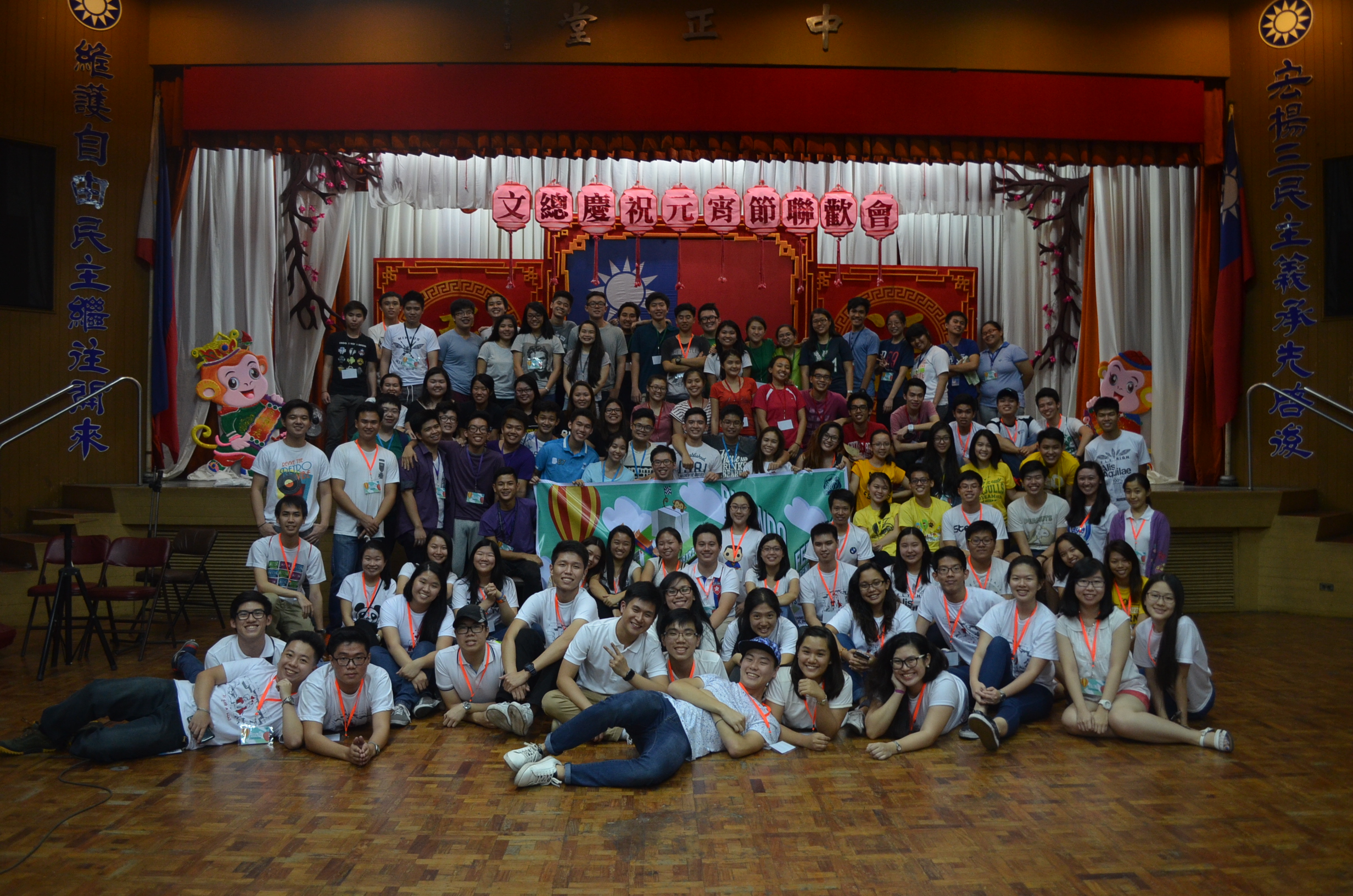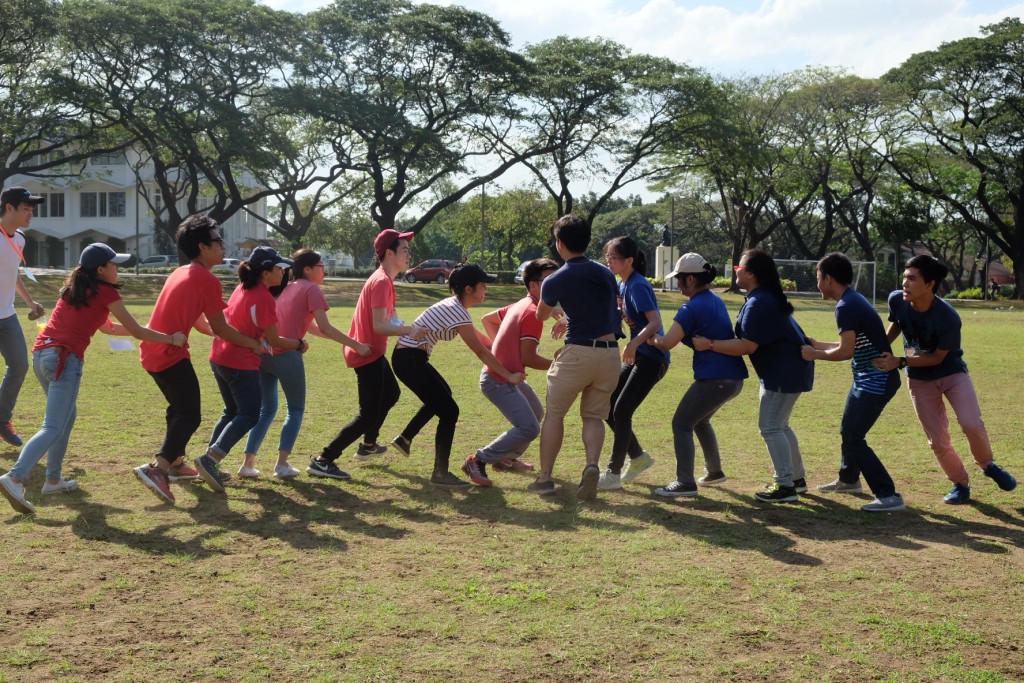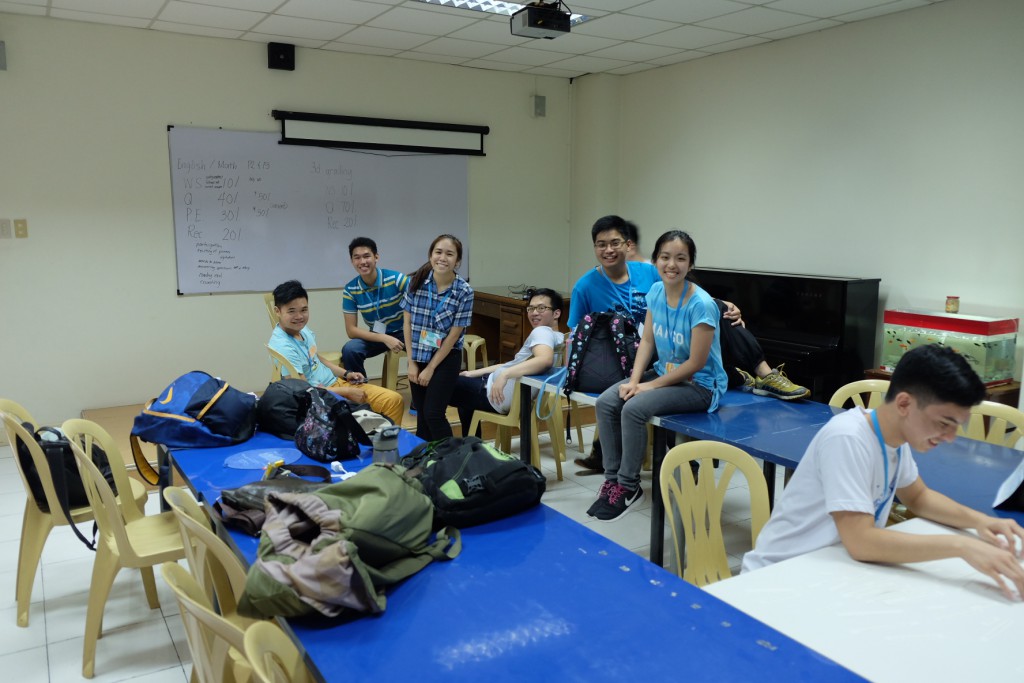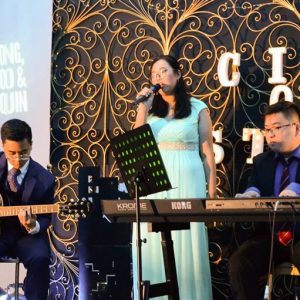Celadon’s third annual Binondo Amazing Race (BAR) was held last February 1, 2016 with this year’s theme as “Chinese Characters.” A total of eight teams participated in the event, while nine stations in between Ateneo de Manila University and Binondo awaited the participants.
Binondo Amazing Race is a fun, historical and cultural experience. Each team gets to experience the rich Chinese culture all over Chinatown. They go through the old and modern places in Binondo and see how it has changed over the years. Teamwork is tested and strengthened. Most of all, teams get to experience unique adventures while having fun.
Before the race started, each team was given a budget of Php 200, which they have to spend wisely during the entirety of the race. They were not allowed to use their phones as this is for the sake of fairness and full concentration for the race. To ensure the participants’ safety, a facilitator was also assigned for each team.
The station route for each team was arranged to avoid congestion. Every time a team accomplished a challenge, its members were given a clue in the form of a short poem directing them to where there next station is. Deciphering the poems correctly added to the thrill and pressure of the race.
The race started at Ateneo’s Ocampo field, where the eight teams simultaneously played the game of Dragon Tail. The Chinese characters for this station were from the story of the four great dragons of China. The tale starts with a famine with people praying for rain. The four dragons heard the people’s cries and asked the Jade Emperor for rain, but the emperor forgot his promise, so the kindhearted dragons took action and made rain themselves. This angered the emperor, and as a result, the dragons were turned into the four great rivers of China.
In this challenge, each team had to form a human chain where they had to grab any other team’s bandana, which was attached to the end of human chain of the other team. Grabbing another team’s bandana signified that the group could move on to their next station located in Binondo.
In no particular order, the following were the challenges in Binondo: Mop It, Dumpling Making, Binondo Hunt, Lion Dance, Lunch Station, Confucian Station, Mahjong Pong, Tea Station, Hopia Chubby Bunny, and Picture Challenge.
Mop It was a challenge stationed in St. Stephen’s High School. The Chinese character for this station was Ma Liang. A kind-hearted person, Ma Liang possessed a magical paintbrush which made all the figures he drew come to life. In this station, the teams were required to draw a particular scene using a very long calligraphy brush. All of them were required to hold the brush simultaneously, and they had to coordinate their movements well.
The Dumpling Making challenge was held in Mr. Ube, which is a well-known casual restaurant in Ongpin, also known as Chinatown. Zhang Zhongjing was the character assigned for this station as he was the first person to ever make dumplings. Dumplings were originally made to keep people warm, but nowadays, it is a very popular Chinese food and is also a must for Chinese New Year celebrations. In this challenge, representatives from each team had to be blindfolded while their teammates guide them on making different shaped dumplings. Members switch blindfolds for another round and repeat the process. They were allowed to eat their dumpling afterwards, and each participant was given free tikoy courtesy of Mr. Ube.
The Binondo Hunt was stationed in the 168 Mall. Jack Ma, the richest man in China in 2014, was the Chinese character for this station. He is the founder and chairman of Alibaba Group, China’s leading Internet business entity. His company has already branched out to other big company names. 168 was used as the venue, because much like Alibaba Group, trade and business is very much alive in this area. In this challenge, the teams were given a list of items that they have to find and buy inside 168. Attached to the items were puzzle pieces that they had to solve and present to the station facilitators afterwards.
The Lion Dance stationed was held in Lucky Chinatown Walk, just outside the mall complex. Nian was the assigned character. He was a feared monster that was chased away by a lion and is afraid of loud noises from drums and firecrackers. This is why we have lion dances, firecrackers, and lion dances every Chinese New Year. In this station, each team was given a lion dance demo by a professional lion dance crew complete with costumes, props, and instruments. Afterwards, four members of each team were taught a simple lion dance routine while the rest of the team were taught how to play the percussion instruments for the lion dance. To complete the challenge, they had to perform the lion dance they just learned, and the professional lion dance crew judged if their performance was done well. This station was very relevant to the approaching Chinese New Year at that time, and people passing by can’t help but watch the lion dances.
The Lunch station was held in Sincerity Restaurant, famous for their signature fried chicken. The gist for this station was that the participants were not allowed to feed themselves. They were only allowed to feed their fellow teammates.
In the Confucian challenge held in Uno High School, Confucius was the assigned character. As a famous a Chinese teacher, politician and philosopher, Confucius was especially known for his teachings in philosophy and sayings. The challenge for this station was matching phrases from a pool of phrases to form a Confucian saying then reciting the quote by memory to the station facilitators. Each member had to get at least one correct saying.
Mahjong Pong was held in Liberty Hall, the headquarters of the race. Zhuge Liang was the character for this station. He was a famous strategist in Ancient China who helped the monarch Liu Bei with difficult situations. This challenge is pretty much like beer pong without the beer. Each cup is assigned a mahjong tile, and the goal is to form three sets of three-of-a-kind.
Tea Station was held in Goldrich Mansion. Shen Nong was the assigned character. Shen Nong, in English, means Divine Farmer, and he is the ancient Chinese Father of Agriculture who discovered tea. The challenge for this station is to fill cups up to a certain level with water being poured from the second floor.
Hopia Chubby Bunny and Picture Challenge were the two roadblock challenges set for the partcipants. Representatives from each team had to play Chubby Bunny using Hopia and say “Binondo Amazing Race” after each stuffing hopia in their mouths. The picture challenge was different for each team depending on the stations where they were given the roadblock challenge.
The race proper ended at 5:00 p.m., and all the participants, core team, and volunteers gathered at Liberty Hall for the awarding and closing ceremony.
“Team Solid” (Kenric Kok, Anthony Julio, Coralie Lagamayo, Nadine Ong, Stephanny Lim, Daryl Santillan, Kieffer Lim) won 3rd place with a cash prize of Php 2,000.
“Team Paul Binag and Friends” (Justin Cu, Paul Binag, Oliver Chia, Duane Chan, Hoshaiah Domingo, Kurt Ang, Joshua Chan) won second place with a cash prize of Php 4,000.
“Team Triple C” (Sheena Chua, Raiza Cantos, Rhys Chua, Kaye Yao, Timothy Juan Tong, Daryl Tang, Renzo Ramirez) won first place with a prize pool of Php 8,000.
For Stephanie Sayson, Vice-President for External Affairs, “The Binondo Amazing Race this year was the best one so far! From simply seeing the groups feeding each other noodles to performing the lion dance themselves, I believe that the project successfully exposed them to this culture that we all love and enjoy.”
Andre Tan gave his remarks after the event: “I chose the Binondo Amazing Race because I am a resident of Binondo — not only is it a big logistical advantage as a project head, but I am confident to say that I know Binondo in a different way and see it in a different light: what’s ordinary for me may be otherwise for others.”
“We, the project heads, wanted Celadoneans to experience this sense of the extraordinary — the sights, sounds, and flavours of Chinatown; we wanted to bring something truly Chinoy, and something worthy of the 30th year of Celadon. It was far from an easy project — but seeing and hearing the participants at the end of the day made it all worth it,” he added.
Kaye Yao, a participant, said, “It was my second time to join BAR, and what I thought would be a redundant experience turned out to be something more. I have no regrets for joining again this year since the different activities for each station were well thought-out and definitely brought out the Chinese culture, and running around Binondo with my blockmates, having no idea where to go, is something I would never think of doing but was made possible through BAR.”
Written by Denice Yap
Photos by Quimbe Dy, Joshua Cheng






